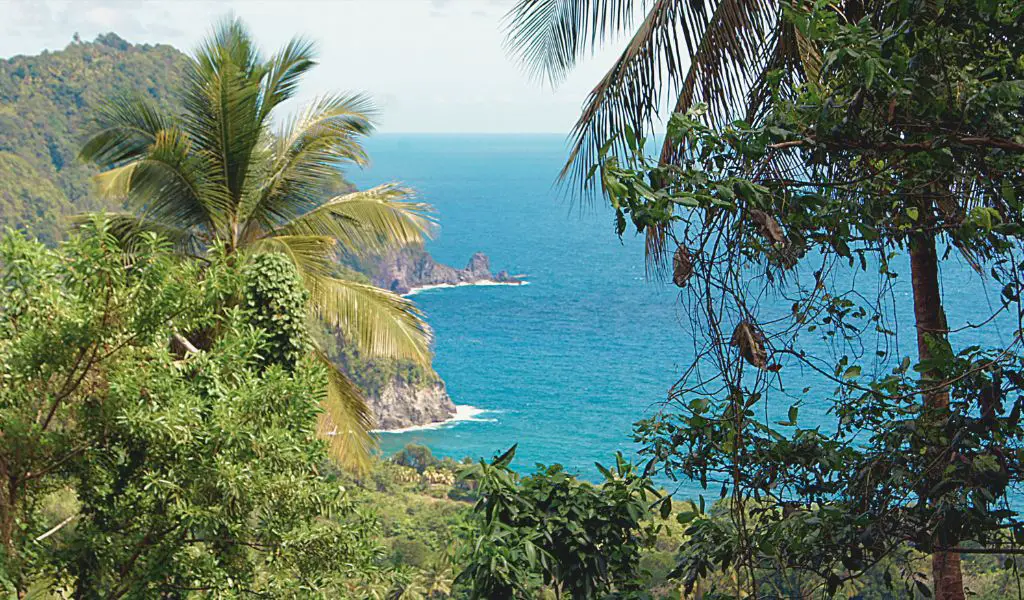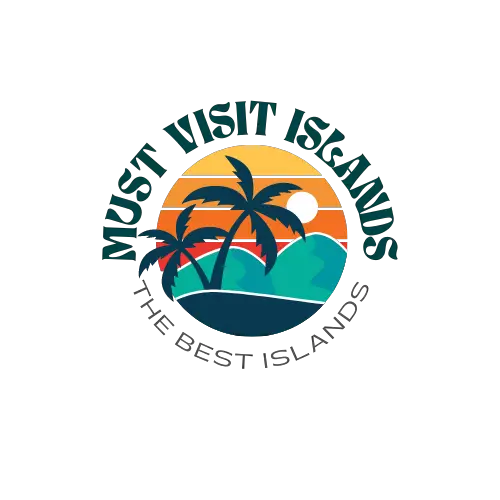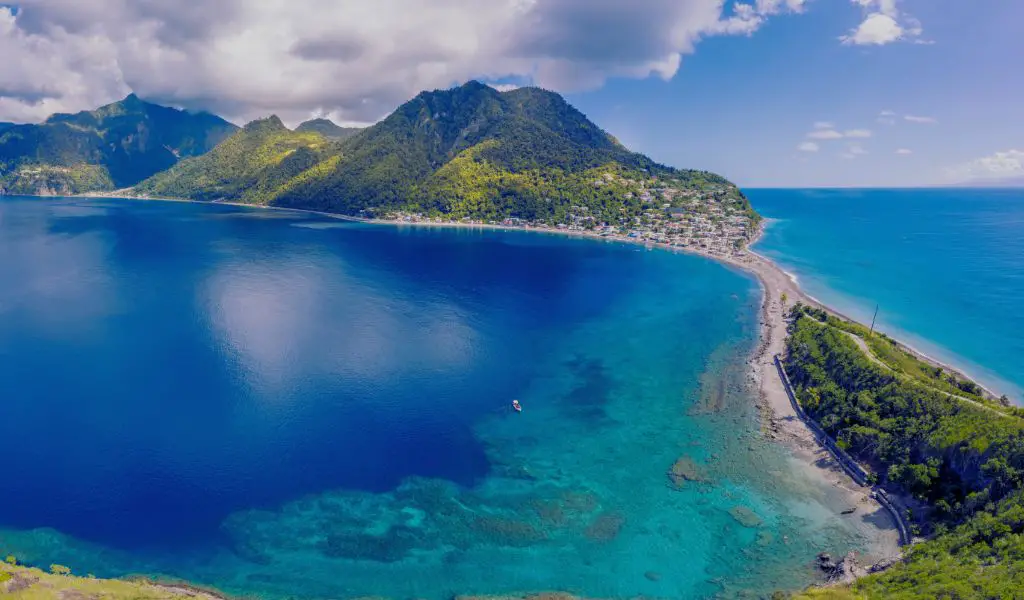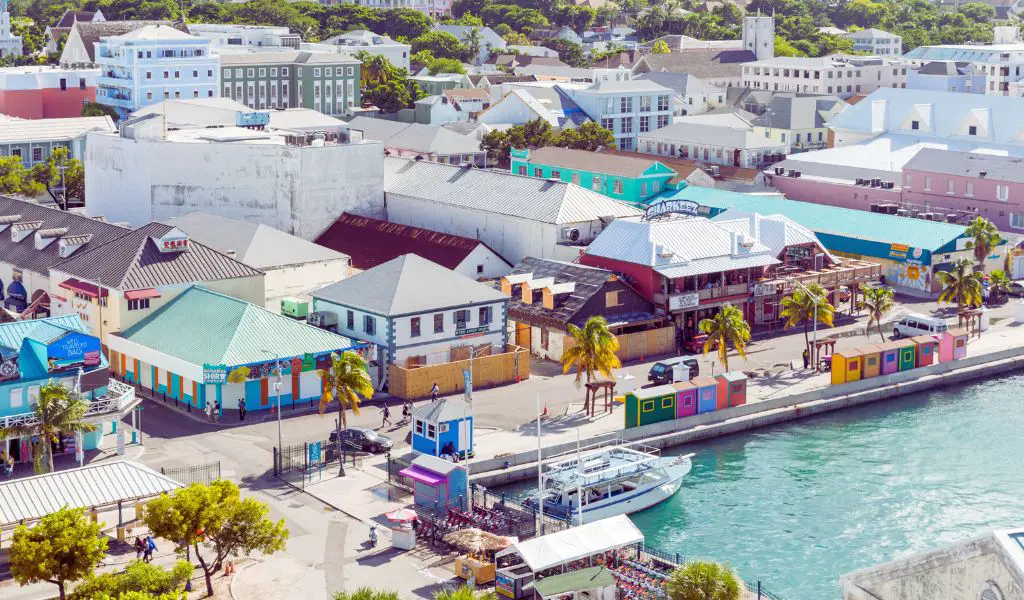Set apart from the main arc of the Leeward Islands in the Caribbean Sea lies the verdant, lush land known as Dominica. Nicknamed “The Nature Island,” this place is not to be confused with the Dominican Republic. Dominica is a distinct entity, boasting rich biodiversity and natural beauty that rivals any in the world.
Geography
Dominica’s terrain is an enchanting blend of mountainous landscapes and tranquil beaches.
The island is studded with potentially active volcanoes, leading to unique geothermal features like Boiling Lake, the second largest hot spring in the world.
Rainforests cloak much of the interior, teeming with rare plant, bird, and animal species.
The island also plays host to the Morne Trois Pitons National Park, a UNESCO World Heritage Site known for its mesmerizing waterfalls, gorges, and hot springs.
History
The history of Dominica is a tale of resilience and cultural fusion.
First inhabited by the Kalinago people, the island was later discovered by Christopher Columbus in 1493.
It changed hands between the British and French multiple times before finally achieving independence in 1978.
Its cultural heritage is a blend of African, Kalinago, and European influences, evident in the island’s traditions, music, and cuisine.
Activities
Adventure seekers find Dominica a playground.
The Waitukubuli National Trail, the Caribbean’s first long-distance walking trail, winds through the island’s rugged wilderness.
There’s also a wealth of water-based activities, including scuba diving and snorkeling in the champagne reefs, so-called because of the effervescent bubbles rising from the seabed due to volcanic activity.

Population
Dominica has a small population of approximately 75,000 inhabitants as of 2023.
The largest city and capital, Roseau, is home to about a third of the population.
When to Go
The best time to visit Dominica is during the dry season from December to April.
The island experiences the Atlantic hurricane season from June to November, so it’s advisable to check weather updates during this period.
How to Get There
Dominica is accessible by both air and sea.
The island has two airports: Douglas-Charles Airport, which accommodates regional flights, and Canefield Airport for small charter flights.
Several cruise lines also include Dominica in their Caribbean itineraries.
Highlights
Dominica’s highlights include the Morne Trois Pitons National Park, with its captivating Valley of Desolation and the Boiling Lake.
Snorkeling and diving at Champagne Reef, hiking on the Waitukubuli National Trail, and cultural experiences in the Kalinago Territory should not be missed.
What You Should Know
Dominica is not your typical Caribbean resort destination.
It is less about beaches and more about immersion in nature and adventure.
English is the official language, but a French-based Creole is widely spoken.
The island uses the Eastern Caribbean Dollar, though US dollars are generally accepted.
FAQs
Is Dominica safe for tourists?
Dominica is generally a safe destination, with crime rates significantly lower than in many other Caribbean islands. However, standard precautions should always be taken.
What food is Dominica known for?
Dominica is known for its Creole cuisine with dishes like “mountain chicken” (actually a type of frog), callaloo soup, and plantain “piwou” or pie.
Can I see whales and dolphins in Dominica?
Yes, Dominica is one of the best places in the world for whale and dolphin watching, with a resident population of sperm whales present all year round.




